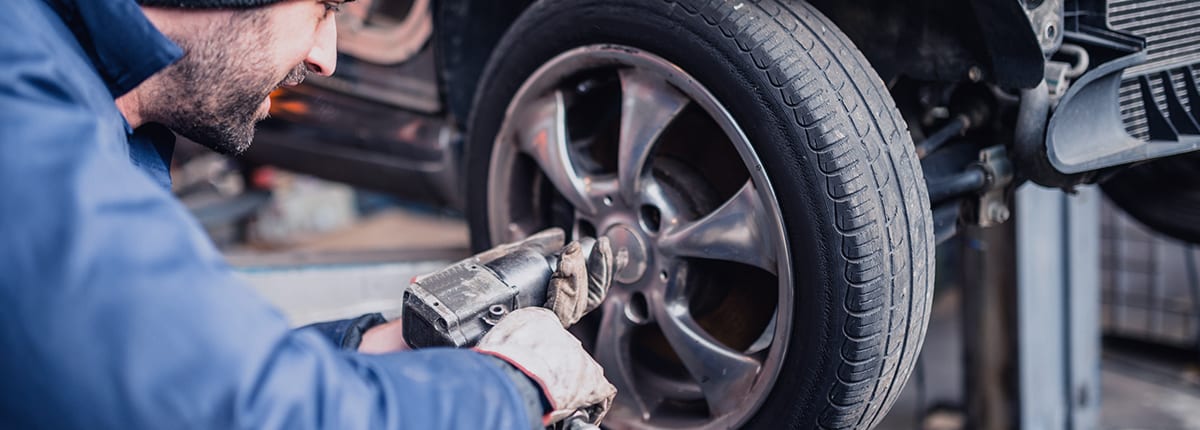Alignment is a performance-influencing factor. If your car’s alignment is off, you may notice a fuel economy reduction or tire wear increase.
When an automobile is out of alignment, the tires wear unevenly, possibly damaging the vehicle. Alignment issues can also reduce fuel economy and increase tire wear.
Most automobiles feature built-in sensors that monitor alignment, so you don’t havdon’tmanually scan your car’s alignment. However, if a car’s vehicle lacks these sensors or if they malfunction, you must understand how to determine whether or not your vehicle requires an adjustment.

What is car alignment, and how does it work?
Car alignment brings the wheels of a vehicle to the same angle, or “alignment.” Alignment guarantees that your automobile’s tires are partial” el with the ground, reducing wear and tear on your vehicle. And improves its performance. Numerous types of alignment exist, although most of them concern the angle of the wheels (front vs. rear), and small suspension modifications are made during a basic alignment. If your car needs to be adjusted, the mechanic will tell you and advise you on the best course of action.
What Causes Poor Car Alignment?
Car alignment service from Arrow Tyres is a process that is performed periodically to maintain the quality of the tire and wheel. It involves aligning a car’s wheels to ensure that it runs smoothly on all surfaces.
Car alignment is not an easy task and requires precision, experience, and knowledge. It’s also not always possible for car owners to do this themselves. This is why there are It’sessionals who perform this task for them at an auto repair shop.
Poor alignment can be caused by many factors, such as the car’s age, road conditions, and the time taken to do the job. However, some of these factors are easier to avoid than others. For example, the age of your car can be avoided by getting your vehicle serviced regularly or buying a newer model when you need to replace your vehicle. Driving in a safer, the more well-maintained area can help avoid poor road conditions. The time it takes to do the job can be avoided by having your car aligned when it’s not being used and taking better care of your tires.
What are the Signs that your Vehicle Needs an Auto Alignment?
There are several indicators that your car requires an adjustment. These are some examples:
- While driving, your vehicle has a rocky ride.
- When you turn the steering wheel, you will hear grinding noises.
- While going, your car is tugging or slipping to one side.
What Are the Most Common Problems with a Vehicle’s Alignment?
Vehicle alignment problems include the car shaking while driving, the vehicle’s wheel spinning too much or too little, and so on.
Alignment issues are classified into three types: front-end alignment, rear-end alignment, and suspension alignment.
The most common problems with vehicles are that they stop working properly, or the car does not stop. The most typical issue with a vehicle’s front-end alignment is that the wheels slant to one side when driving. The vehicle’s problems with its rear-end alignment include tilting to one side when turning and swaying from side to side. The most typical suspension issue is that the car bounces up and down when driving. When turning, one of the most common problems with a vehicle’s steering is rattling back and forth.
5 Factors That May Be Causing Issues in Your Car
Misalignments in your car can cause a lot of damage to the vehicle. This is why it is important to know what kind of factors may be causing these misalignments.
The five factors that are most likely causing misalignments in your car are:
1. Brake pads and rotors
2. Wheel alignment
3. Tire pressure
4. Spare tire and jack
5. Frame Alignment
Go ahead and Get Yourself a Mechanic as soon as possible.
It is never a good idea to wait until you have a car breakdown before getting yourself a mechanic. You should get yourself one as soon as possible because it will save you money in the long run.





